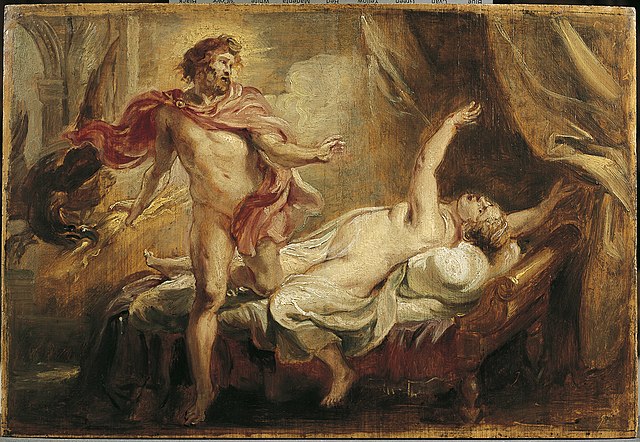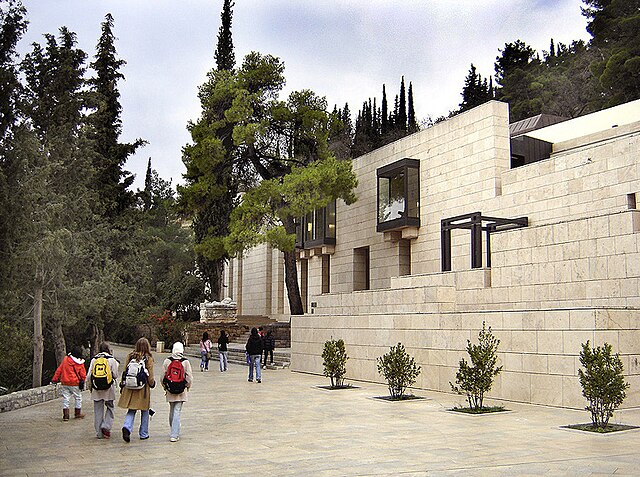Theophany is an encounter with a deity that manifests in an observable and tangible form. It is often confused with other types of encounters with a deity, but these interactions are not considered theophanies unless the deity reveals itself in a visible form. Traditionally, the term "theophany" was used to refer to appearances of the gods in ancient Greek and Near Eastern religions. While the Iliad is the earliest source for descriptions of theophanies in classical antiquity, the first description appears in the Epic of Gilgamesh.
Peter Paul Rubens' Death of Semele, caused by the Theophany of Zeus without a mortal disguise
Teofanía ("Theophany") by Mexican artist Antonio García Vega
Delphi, in legend previously called Pytho (Πυθώ), was an ancient sacred precinct and the seat of Pythia, the major oracle who was consulted about important decisions throughout the ancient classical world. The ancient Greeks considered the centre of the world to be in Delphi, marked by the stone monument known as the Omphalos of Delphi (navel).
The Athena temple complex, including the Delphic Tholos. The background is the Pleistos River Valley.
The polygonal wall, 1902
Archaeological Museum of Delphi, designed by Alexandros Tombazis
The reconstructed Treasury of the Athenians, built to commemorate their victory at the Battle of Marathon






